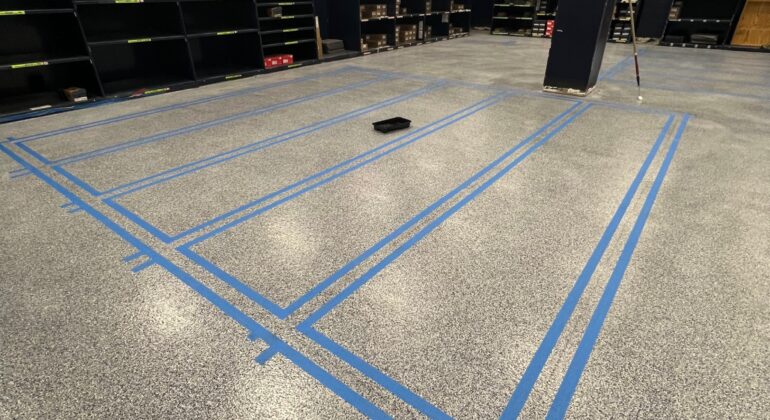Construction sector recovery needs a transformed delivery approach to assure safety and quality
The construction sector has always been an essential industry that has contributed significantly to economic growth and development. However, the industry is also known for its high rate of accidents, delays, and cost overruns. In the wake of the COVID-19 pandemic, the sector has faced unprecedented challenges that have further highlighted the need for a transformed delivery approach to ensure safety and quality.
One of the key ways to ensure safety and quality in the construction sector is to adopt a more collaborative and integrated approach to project delivery. This approach involves early involvement of all project stakeholders, including the owner, designer, contractor, and other key players, to work together to achieve project goals. By involving all stakeholders from the outset, it is possible to identify potential issues and work together to address them before they become major problems.
Another important aspect of a transformed delivery approach is the use of digital technologies such as Building Information Modeling (BIM) and other software applications. These tools can help to improve project planning and communication, enhance accuracy and reduce errors, and improve project outcomes.
To assure safety, the use of advanced technologies such as drones and remote sensors can be implemented to monitor worksites and detect potential hazards. These technologies can also be used to assist in the inspection process, improving accuracy and efficiency while reducing the need for human workers to enter hazardous areas.
In conclusion, a transformed delivery approach is essential to ensuring safety and quality in the construction sector. This approach involves a more collaborative and integrated approach to project delivery, the use of digital technologies, and the incorporation of advanced safety technologies. By adopting these measures, the construction sector can improve project outcomes, reduce costs, and ensure the safety and wellbeing of workers and the public.






